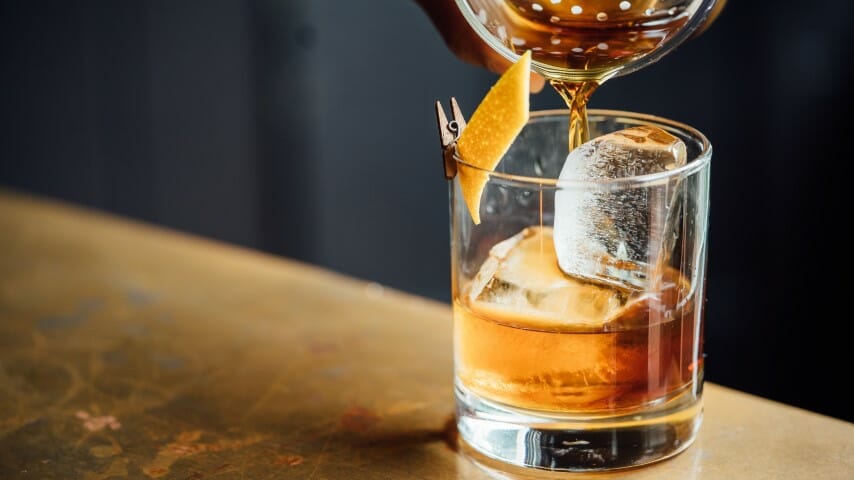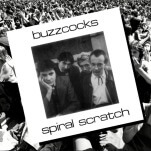Cocktail Queries: Is “Watering Down” Whiskey a Bad Thing? What Does Dilution Do?
Photo via Unsplash, Adam Jaime, Dylan de Jonge, Daniel Norris
Cocktail Queries is a Paste series that examines and answers basic, common questions that drinkers may have about mixed drinks, cocktails and spirits. Check out every entry in the series to date.
When it comes to whiskey/whisky discussion, there are always a few particular arguments that are waiting to happen. One of the most perennially misunderstood? “Should I add water/ice to my whiskey?”
The concept and science of dilution, as it applies to whiskey, is something where the rank and file drinker can often be lacking education. They likely understand that adding a bit of water can help tame the fiery ethanol of stronger or “harsher” drams, but they’re not likely to understand what water really does to a spirit. And on a deeper level, it’s easy to be unaware of just how much water has been involved in the production process of your bourbon, rye, or scotch before you even uncork the bottle. Spoiler: There’s no such thing as “non-watered down” whiskey. It’s just a matter of when and how water was involved, but overall it’s safe to say that water itself is consistently the most misunderstood whiskey ingredient.
-

-

-

-

-

-

-

-

-

-

-

-

-

-

-

-

-

-

-

-

-

-

-

-

-

-

-

-

-

-

-

-

-

-

-

-

-

-

-

-

 Water is actually an important component in drawing flavor out of a charred oak barrel.
Water is actually an important component in drawing flavor out of a charred oak barrel. “Neat” is not the only way whiskey is meant to be consumed.
“Neat” is not the only way whiskey is meant to be consumed.





































